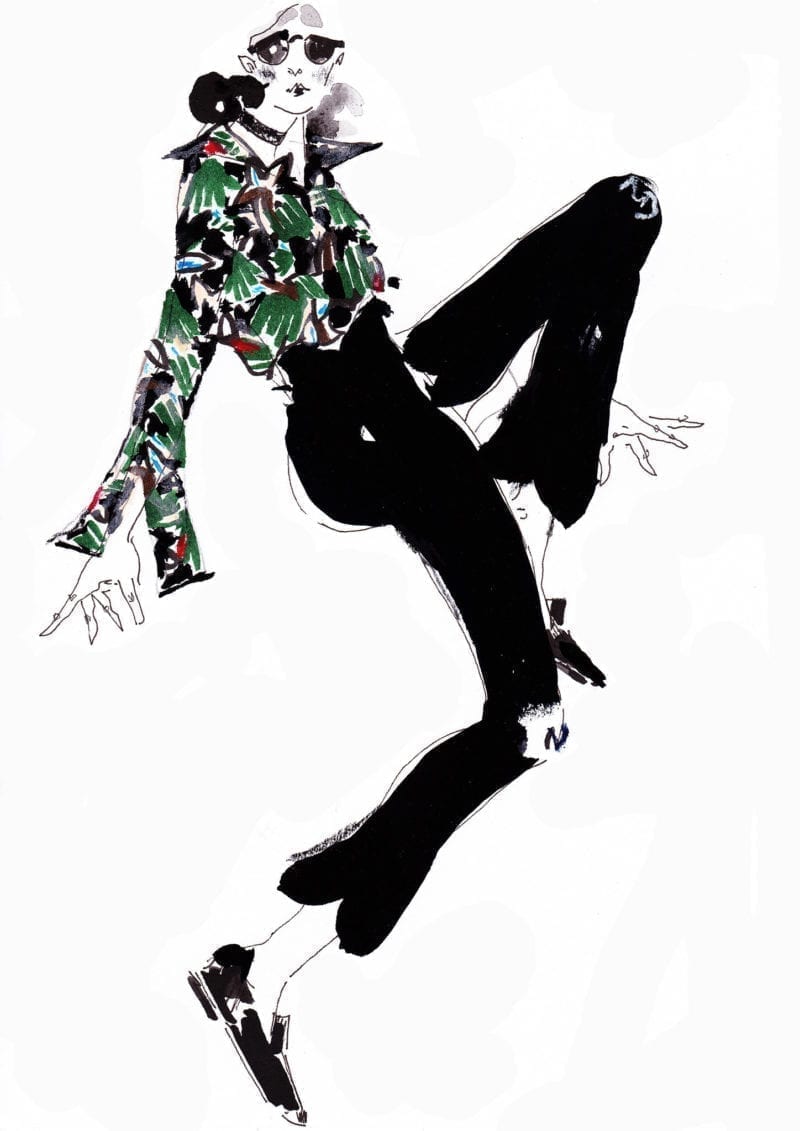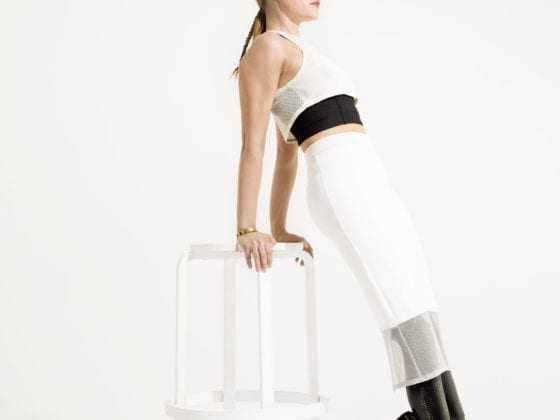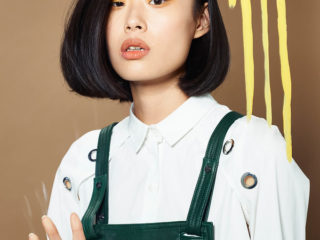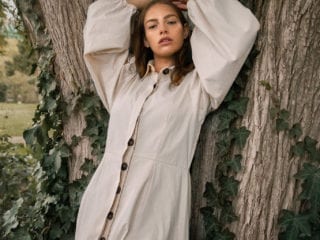The women in my family always taught me that almost nothing is worth buying unless it’s on sale. Growing up, much of our quality time was spent at sale racks and in thrift stores, hunting down a surprise 50 percent off brand-name pair of boots.
Years later, thrifting was still a part of my life but my shopping overall was too much. I was still buying a lot of big brand clothing and consuming way too much without thinking about the waste repercussions of just buying whatever, whenever. I wanted a change and the first step meant choosing from then on out to thrift 100 percent of my clothes.
Besides things like undergarments and socks, everything that has come into my closet in the past few years is in its second or third life (maybe more). While it’s only been a few years of going cold turkey, my years of practice have given me a few tricks for doing it well.
Buy tops for the cut. Buy bottoms for the fit.
One of the biggest battles with thrifting is trying not to look like you are actually walking around in someone else’s clothes. In other words, you still want to look put together.
Shirts and sweaters can often get by with being slightly oversized. I find it’s more important to try to find them in a nice fit where they fall nicely over your shoulder, have a good neckline or a clean hem. This helps make the occasionally oversized shirt look more chic than ill-fitting.
Pants and skirts, on the other hand, have less leeway here. While possible, they take more effort to hem or bring in around the hips. Plus, they generally are pretty hard to pull off when they just don’t fit. Look for brands you know will match your body well and, most importantly, the right waist size.
Find an affordable seamstress.
Of course, betting on thrift shops means you aren’t always going to find the right size. This is where you figure out the line between the right fit and the wrong fit you can fix. Pants with a big waist are going to need a bigger overhaul than pants that are just too long and need to be hemmed. Oversized t-shirts can be cut or cuffed easier than trying to fit into a too-small, button-up blouse. If you’re like me and aren’t yet savvy with the sewing machine, then find a reliable and affordable seamstress who can make adjustments for you.
Have a running list of items to replace.
Because there are no guarantees in what you’ll find, create a list of things you need to replace or want for the upcoming season. Use this to guide your shopping trips instead of trying to tackle the whole store.
Scan for colors and textures.
Because I love the hunt of looking for clothes, most of my shopping is done at local donation centers rather than boutique thrift shops with already curated racks. Yet, that also means there are a lot of clothing to get through. Before checking for the cut and fit, I often scan the racks for colors, textures and patterns that stand out. This is a quick way to filter without pushing around every single hanger.
Don’t shop by traditional sections.
One of my favorite pairs of jeans was snagged from the men’s section at a Value Village and many of my blouses started off looking like they belonged to my grandmother (the power of cropping a shirt and cuffing a sleeve). Whatever you do, don’t hold yourself to just the women’s section. The beauty of thrifting is that gold can be found anywhere. You just have to do the digging.
The beauty of thrifting is that gold can be found anywhere. You just have to do the digging.
Shop often. Buy sparingly.
This kind of shopping is all about the luck of the draw, which means more times than not, you’ll strike out. Make frequent trips and try to go when seasons are transitioning because people are more likely to be cleaning out their closet.
Don’t jump on just anything you find. It’s easy to justify buying more or average items when they’re priced lower than department stores. Remember, the end goal of thrifting is still to ease up on our consumption. Just like we should in all our shopping habits, make sure you love it before you buy it.
Do you shop at thrift stores? What are some tips you have for finding quality pieces?
Image via Fiona Gourlay, Darling Issue No. 17










